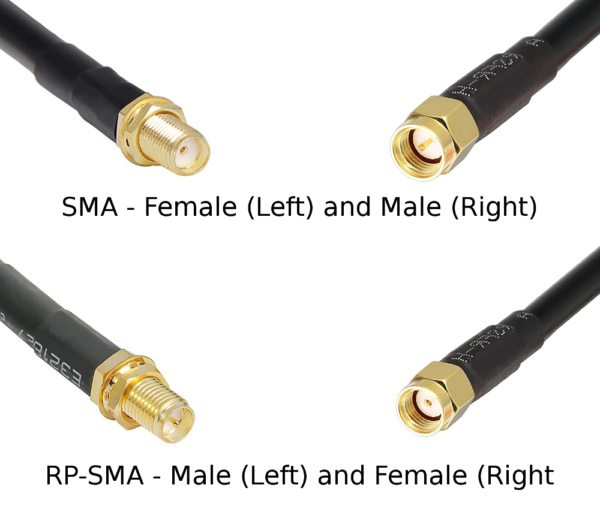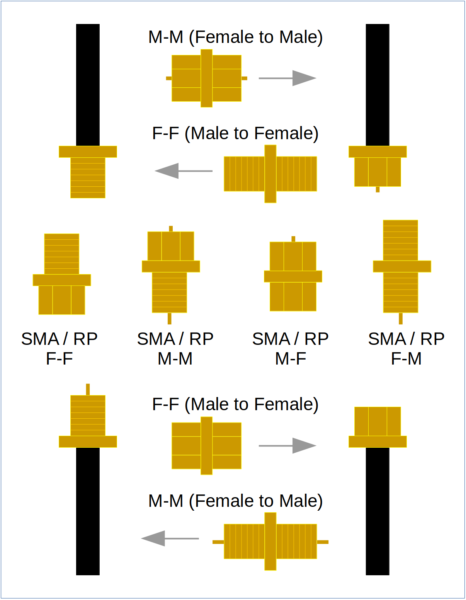Why did the quantum chicken cross the road?
- Because he was already there.
Why did the quantum cat cross the road?
- Because he was entangled with the chicken.
Why did the quantum chicken cross the road?
Why did the quantum cat cross the road?
As a follow-up to Monitor and TV Buying Guide – 2022, I built a simple calculator to tell you the approximate width and height of the screen, given its diagonal measurement and aspect ratio.
Permalink: Screen Size Calculator
In 2015, I wrote this post: Justin’s Rules for Buying a House.
These were things that I had learned when I was shopping for a house in 2002, and solidified in to a tangible list when a couple of friends of mine were house shopping in 2015.
After shopping for a house in 2019 and moving out to the country, here are a few more things I’ve added to my list.
If you travel in 2023, travelling with tech is unavoidable. After reading a completely unhelpful, but similarly-titled ZD article that read more like an Apple fanboy post, I decided to write something that’s actually helpful.
Updated to v1.2 on 1/3/2023.
Although it’s widely agreed that field-level data encryption provides the best protection against data breaches, it also limits an application’s ability to perform ranged searches, where an inequality comparison is performed against search terms.
Although there are existing strategies which use search trees, these depend on complex key management schemes, or trees with fixed intervals.
Another common approach is to assign artificial search keys, but the general problem with this approach is that it can result in information disclosure as well as key collisions. If the keys are regularly-spaced, this can lead to an inference about the underlying data values, and if the spacing is too narrow, this can lead to insufficient search keys when presented with a large quantity of data values for given key interval.
In the scheme proposed herein, a binary tree is used to generate integer search keys, called comparators, that are non-sequential but maintain the same ordinal relationship as the underlying data. Because comparators have no fixed relationship to each other, they don’t leak any information, but because they maintain an ordinal relationship, they can be searched with a ranged query.
Click here to view or download:
I’m sure someone has stumbled upon this before, but I thought I would share a revelation I had while working on a technical issue.
To get to the 404 page for any website, go to:
[website]/404
Unless the website in question specifically has content published at the path “/404”, you’ll get the 404 (not found) page.
Some examples:
For some reason facebook.com/404 redirects to some person’s page – not sure if that’s intentional, or maybe a sly back door left by a clever developer.
We all know (well, HOPEFULLY we ALL know) that investing in cryptocurrency is fraught with risk. However, with the promise of privacy and decentralized banking, doesn’t crypto do more good than bad?
In short, NO. Keep reading to find out why…
A few years ago, I put up a wireless camera system, and I ended up needing an antenna extension cable.
I vaguely recall buying a SMA, and it was the wrong one, which of course meant that I had to buy a RP-SMA cable, which worked.
I have also occasionally had to buy RP-SMA cables to extend WiFi antennas from time to time – mainly due to line-of-sight issues.
And I never gave it much thought after that.
Having recently installed a new gate opener, I found that I needed to raise the antenna (again, due to line-of-sight issues), and I bought a RP-SMA cable, which I assumed was fairly standard.
Imagine my surprise when it didn’t work – ONE end connected just fine, but the other end wouldn’t connect at all.
“What idiot used the wrong standard?”, I thought to myself.
So I bought a SMA cable, and that worked out just fine.
However, I started thinking about it. Why have two cables that are otherwise identical, but not interoperable?

Other than the pin configuration, SMA and RP-SMA are identical. In regular SMA, the male pin goes on the female-threaded connector. In “Reverse Polarity” SMA, the male pin goes on the male-threaded connector.
The SubMiniature A (SMA) connector is a smaller, lighter-weight, and more precision version of the “F” connector.
If you’ve ever had a VCR or cable box in the 1990’s, you have at least one of these in the bottom of a drawer somewhere:

The venerable “F” connector at the end of a coaxial cable was once the standard way to connect devices that share a NTSC video signal. Over time, this was replaced by newer standards, but even as late as the early 2000’s, you could go purchase a VCR, and it probably came with one of these cables.
The pin on the male end is typically the unshielded cable’s core, which protrudes from the insulation. The male end has a female thread that freely spins, while the female end has fixed male threads. To connect the two, you insert the pin in to the female end, and tighten the free-spinning “nut” on the male end. Here is an RG59 elbow that has both male and female F connectors:

RG59 (“F” Connector) Elbow
The SMA connector is slightly smaller, lighter, and machined to more specific tolerances.

SMA Elbow
If you were unaware of the scale, SMA connectors look almost identical to F connectors. However, where the female F connector is about 1/3 inch in diameter, the female SMA connector is about 1/4 inch – about 32% smaller.
Today, SMA connectors are found almost universally in any consumer application that uses an external antenna, including hand-held radios, FRS (walkie-talkies), garage door openers, and WiFi routers.
Well, not WiFi routers.
This is where RP-SMA comes in.
I always assumed that one or the other supported better attenuation, or more bandwidth, or maybe one was for outdoor applications. But, that’s not the case.
“Reverse Polarity” SMA, or RP-SMA, was created as a way to appease the FCC’s requirement to keep people from being able to boost their WiFi signal by attaching a larger antenna.
I wish I was kidding.
You see, when WiFi was first standardized in 1997, the FCC required “unlicensed transmitters” to use an antenna connector that was either proprietary, or required professional installation.
In order to address the FCC requirement, some genius decided to move the pin on the then-standardized SMA connector from the female-threaded end to the male-threaded end. So RP-SMA should really be called “Reverse Gender” SMA – polarity refers to the signal, and gender refers to the connector.
As an easy fix, the larger manufacturers adopted RP-SMA as an alternative to SMA, because inventing an entirely new connector would be unavoidably complicated and unreliable.
Because all of the larger WiFi manufacturers used RP-SMA, it became fairly standard, and because it became fairly standard, parts and cables eventually made their way in to the consumer market. And once the parts and cables hit the consumer market, it was no longer considered proprietary.
So, just 3 years later in 2000, the FCC dropped the “unique and proprietary” requirement, because RP-SMA was no longer unique, and no longer proprietary. And by that time, WLAN was fairly standardized, and the government had other things to worry about.
Unfortunately, the legacy of those bad decisions is that we have two incompatible but semi-interoperable standards.
In summary, there is too much complexity, which leads to too many possibilities for problems.
In my case, I didn’t even know that I had the wrong cable until I went to connect the two male ends together.

SMA is on the top, RP-SMA is on the bottom. In addition to the two gender changers for SMA and the two for RP-SMA, there are four additional converters between the two. Also, RP-F is mechanically-compatible with SMA-F, but won’t pass a signal because there is no center pin on either connector.
Because the two standards use the same mechanical connection, it’s way too easy to mistake one for the other. In addition to two gender changers for each, there are four additional converters, which means that there are eight possible combinations instead of the usual three (M-M, F-F, M-F) that you would find with any other connector.
Worse, you can connect a female RP-SMA to a female SMA, but it won’t pass a signal because there is no pin.

For example, if I didn’t know better, and simply bought a RP-F to SMA-F coupler, I could have spent weeks troubleshooting, and I bet others have done this.
It’s a bad standard, and now that the FCC no longer requires it, RP-SMA should be completely deprecated in favor of SMA, which was the original standard.
(And besides, “Reverse Polarity” SMA is not even named correctly)
As with most pin-based connectors, devices that use either SMA or RP tend to have female connectors, because pins bend, and replacing a bent pin on a device is a lot more expensive than simply replacing a cable. Further, most antenna cables tend to be male-to-female, and antennas tend to be male. Therefore, for most applications, converting RP to SMA would only require a RP-male to SMA-female connector, and then everything after that, including the antenna, would be SMA.
We moved in 2019, and the new house has a gate opener. After three years of loyal service to us, and who knows how many years of service to the previous residents, it finally died.
After some troubleshooting, I called Mighty Mule tech support (A+ by the way!) to discuss my options.
Faced with a cost of $350 for a new controller board for my now-obsolete MM560, or buy a new MM571W for about $100 more, buying a whole new unit made much more sense.
Here’s the full details of my troubleshooting and installation efforts:
It’s 2022, and buying a TV or monitor isn’t that easy… There are tons of acronyms and options, making it difficult to understand what you’re buying. Read on for some solid buying advice.